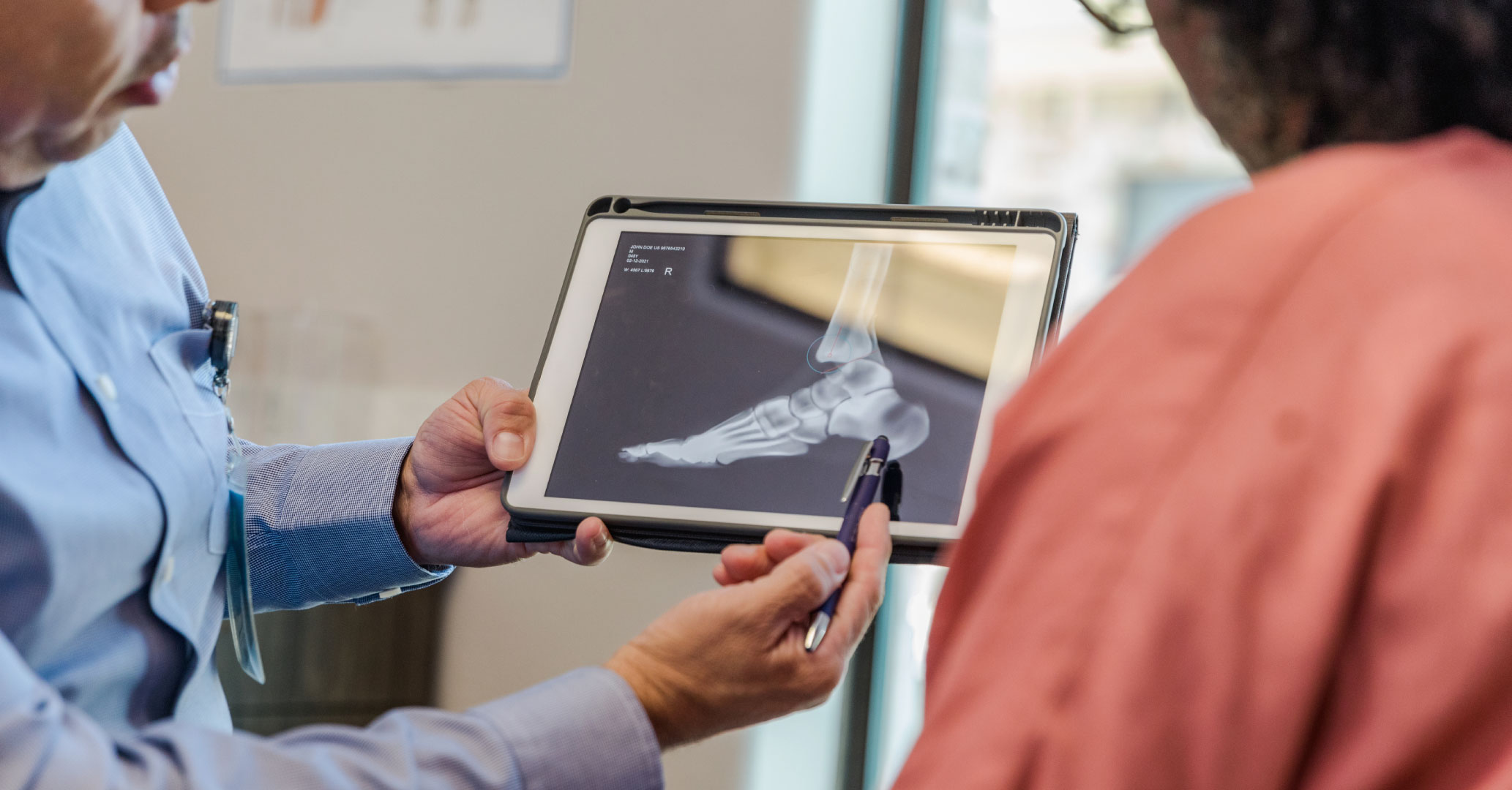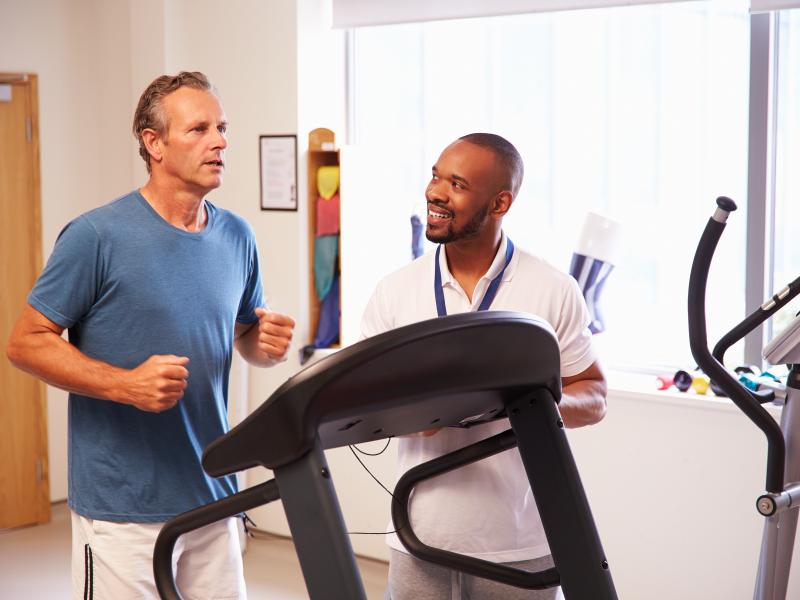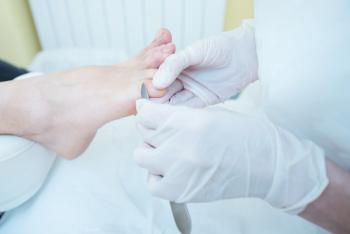Crocs offer comfort, breathability and convenience but lack essential arch support and stability for...
Read More
If the stiffness, swelling and tightness associated with plantar fasciitis have become a hindrance, the podiatrists at Inspira can help diagnose and treat your condition.
Plantar fasciitis is characterized by inflammation of the plantar fascia, a thick band of tissue connecting the heel bone to the toes. It is one of the most common causes of heel pain in adults.
The primary symptom of plantar fasciitis is heel pain that can be sharp, stabbing or dull, and it is often at its worst in the morning when taking your first steps after waking up or after prolonged periods of rest. It may also intensify after standing or walking for extended periods.
Many individuals with plantar fasciitis experience increased pain after physical activity or exercise that strains the plantar fascia. The pain can range from mild discomfort to severe and debilitating.
Plantar fasciitis can affect anyone, but certain factors increase your risk. People who are more likely to develop plantar fasciitis include adults between ages 40 and 60 years old, people who are obese, people who participate in repetitive activities that stress the feet (such as running or standing for long periods), those who have high arches or flat feet and people who wear shoes with inadequate support.
Diagnosing plantar fasciitis involves physical tests and a review of medical history. Your podiatrist will examine your feet for tenderness, swelling and soreness. They may also ask about symptoms, activity levels and footwear. Imaging tests such as X-rays or ultrasounds can also help your provider identify the cause of heel pain. Determining the best treatment requires a comprehensive diagnosis.

Possible treatments for plantar fasciitis include:

These approaches aim to relieve symptoms and promote healing. Resting the affected foot, avoiding activities that worsen pain and applying ice packs to reduce inflammation can be beneficial for healing. Stretching the foot muscles and plantar fascia and wearing supportive shoes with orthotics or inserts may also alleviate symptoms. Nonsteroidal anti-inflammatory drugs (NSAIDs) can be taken for pain management.

A physical therapist can design a customized exercise program to help you stretch and strengthen the muscles and tendons in the feet and lower legs. They may use ultrasound, massage or electrical stimulation to reduce pain. Physical therapy helps improve flexibility, enhance foot biomechanics and promote recovery.

A steroid injection relieves the inflammation and pain that comes with plantar fasciitis. The injection is given on the inner medial side of the heel, NEVER at the bottom of the foot. This avoids injury at the heel’s fat pad. The steroid usually takes a few days to alleviate the inflammation.

Plantar fascia release, also known as plantar fasciotomy or plantar fascia surgery, is a surgical procedure to treat severe cases of plantar fasciitis that have not responded to conservative treatments. It involves the partial or complete release of the plantar fascia, the thick band of tissue that runs along the bottom of the foot. This option is a last resort when all options have been exhausted.
Regarding foot and heel pain, it can be challenging to figure out the source of your condition on your own. Our podiatrists in convenient locations across South Jersey are well-trained in diagnosing your plantar fasciitis and working with patients to find the best possible treatment. From suggesting solutions like stretching, arch supports, orthotics, anti-inflammatory agents and surgery, our podiatrists understand that successful treatment of plantar fasciitis can be found by tailoring treatment to an individual's risk factors and preferences.
Plantar fasciitis can often improve with conservative treatments such as rest, stretching exercises, orthotic inserts and proper footwear. However, the healing process can vary for each individual and symptoms may take several weeks to months to fully resolve.
The recovery time can vary depending on the severity of the condition, adherence to treatment and individual factors. With appropriate treatment, most individuals experience significant improvement within a few months. However, it is essential to continue with preventive measures and follow the prescribed treatment plan to prevent recurrences.
To treat plantar fasciitis at home, you can follow several self-care measures. Resting and avoiding activities that aggravate the condition is crucial. Applying ice packs to the affected area for 15-20 minutes a few times daily can help reduce inflammation. Gentle stretching exercises targeting the calf muscles and plantar fascia can provide relief. Wearing supportive shoes with proper arch support and cushioning is essential. Using orthotic inserts or heel cups may help alleviate symptoms. Over-the-counter nonsteroidal anti-inflammatory drugs (NSAIDs) may help with pain management.

Crocs offer comfort, breathability and convenience but lack essential arch support and stability for...
Read More
Learn effective strategies for safely managing corns, from gentle exfoliation and choosing...
Read More
Most people experience foot pain at some point in their lives, but it is important to know when to...
Read More